During regular operations, emergency exit signs and lighting are powered by a building's electrical grid. However, in the event of a power outage, the backup power reserve is activated, and the fixtures illuminate using an internal rechargeable battery as a backup power source.
Given that these emergency exit signs and lights serve as crucial lifelines for building occupants during emergencies, their reliability is paramount. Building codes and life safety laws establish essential criteria for backup power to ensure their dependable functionality. A rechargeable internal battery is a requirement for emergency exit signs and lights, with a charging time of less than 24 hours. Additionally, they must deliver sufficient electrical current to keep the lamps illuminated for a minimum of 90 minutes when the unit is in use.
There are four main types of batteries used in emergency exit signage and lighting: Lead Calcium batteries, Ni-Cad (Nickel-Cadmium) batteries, Lithium Iron Phosphate batteries, and Nickel-Metal Hydride batteries.
Lead-acid batteries represent the earliest form of rechargeable batteries. The original iteration featured lead electrodes containing antimony, calcium, tin, and selenium, resulting in a high-maintenance and heavy design. While seldom used today, remnants can still be found in certain central battery backup systems.
A more contemporary variant of lead-acid batteries is the Lead Calcium Battery. This newer type features only calcium and lead as the electrodes, creating a fully sealed design that eliminates the need for water level checks, rendering it a maintenance-free battery. Lead Calcium batteries outperform their predecessors in various aspects – they are more efficient, resistant to corrosion, exhibit superior performance in cold weather, boast a low self-discharge rate (ensuring prolonged functionality), and produce minimal excessive gassing.
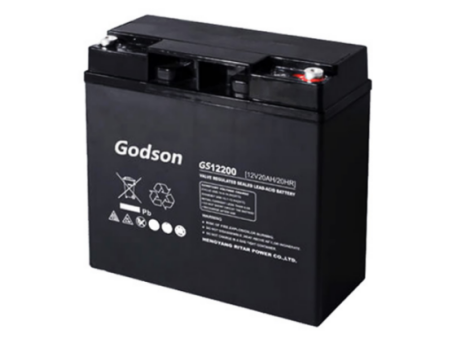
Lead Calcium batteries are an excellent choice when considering lower upfront costs. They boast a higher amp-hour capacity and are less affected by temperature variations, ensuring consistent capacity and minimal self-discharge. These batteries stand out for their exceptional reliability and operational capabilities. They exhibit superior tolerance to slow, fast, and overcharging compared to other battery types, making them well-suited for prolonged periods of inactivity.
In the realm of emergency signage and lighting, such as steel emergency lights, wet location emergency lights, and hazardous location emergency lights, lead-acid batteries are commonly employed. Additionally, when a remote headlamp is required, lead-calcium batteries can be configured to provide the extra voltage necessary to support the lamp.
The nickel-cadmium battery (Ni-Cd battery or NiCad battery) proves highly suitable for emergency lighting and signage applications, particularly in scenarios where small size and light weight are crucial factors. These AA-sized, cylindrically shaped batteries offer distinct advantages over traditional sealed lead-acid types, utilizing nickel oxide hydroxide and metallic cadmium as electrodes.
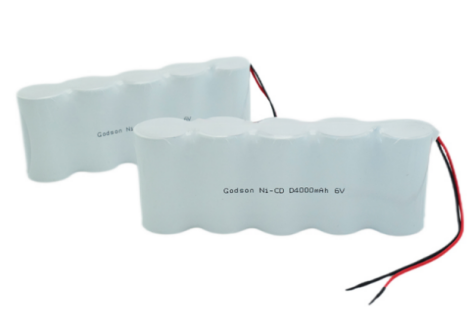
Ni-Cd battery find frequent use in indoor settings, especially recommended for thermoplastic emergency lights. They excel in demanding conditions, including extreme temperatures, and can be installed in any orientation without concerns about battery acid. With a fast recharge time of as little as 3.5 hours, this compact battery boasts an extended lifespan of nearly 15 years. Although the initial cost is higher compared to lead-acid batteries, NiCad batteries are lighter and more cost-effective to ship.
However, the nickel-cadmium battery is not suitable for wet applications or fixtures requiring hazardous or explosive-proof features. Additionally, it may lack the required charge to operate remote lamps when necessary.
The lithium iron phosphate battery, a type of lithium-ion battery utilizing lithium iron phosphate as the cathode material and a graphitic carbon electrode with metallic backing as the anode, is gaining popularity for backup power applications. Although lithium iron phosphate batteries (LiFePO4 or LFP) exhibit lower energy density and operating voltage compared to some battery types, they offer distinct advantages and are increasingly becoming more widespread.
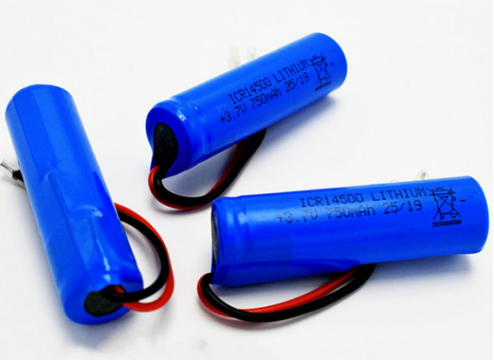
LiFePO4 batteries outshine lead-acid batteries and other lithium batteries in several aspects. They are compact, lightweight, and available in various dimensions, capacities, and shapes. With a life cycle exceeding 10 times that of lead-acid batteries, they excel in performance under extreme temperatures. The slow discharge rate of LiFePO4 batteries allows for extended storage periods without active maintenance. Notably, these batteries are environmentally friendly, with low toxicity and a reduced risk of overheating or catching fire.
While the initial startup costs for LiFePO4 batteries may surpass those of other options in the market, their extended lifespan and minimal maintenance requirements contribute to their overall cost-effectiveness.
A nickel-metal hydride battery (NiMH or Ni–MH) undergoes a chemical reaction at the positive electrode similar to that of a nickel-cadmium battery. However, it distinguishes itself by employing a hydrogen-absorbing alloy for the negative electrodes instead of cadmium. NiMH batteries are commonly utilized as alternatives to similarly shaped alkaline batteries due to their compatible cell voltage.
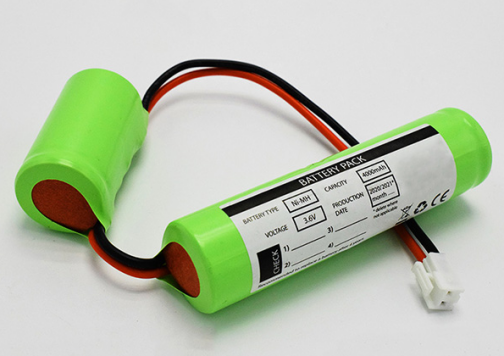
These batteries are particularly well-suited for applications with high current drain. Offering two to three times the capacity of NiCd batteries of the same size, NiMH batteries boast significantly higher energy density. While they may have a slightly shorter life cycle compared to lithium batteries, they are more cost-effective.
Nickel Metal Hydride batteries are environmentally friendly, free from harmful lead, mercury, or nickel that could contaminate drinking water if not disposed of properly. Additionally, they are easy to store and transport as they are not subject to regulatory control.
Make sure your emergency exit signs and lighting contains the right battery for the job.
Godson Tech emergency lighting experts ensure that our emergency lighting solutions contain the battery backup sources ideal for each fixture and product. Contact us!

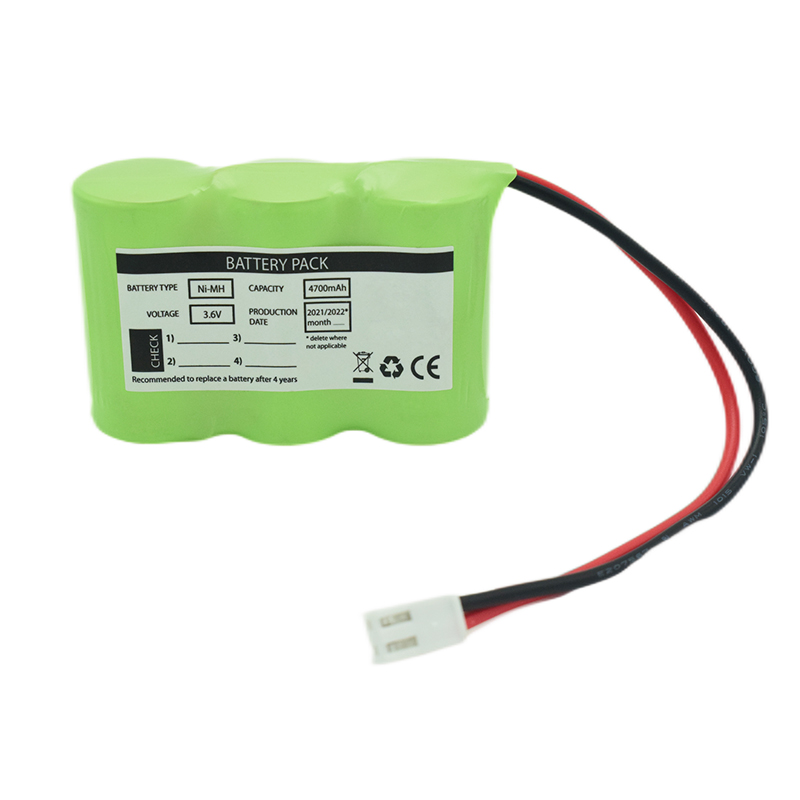 Ni-MH Battery C4700mAh 3.6V
Ni-MH Battery C4700mAh 3.6V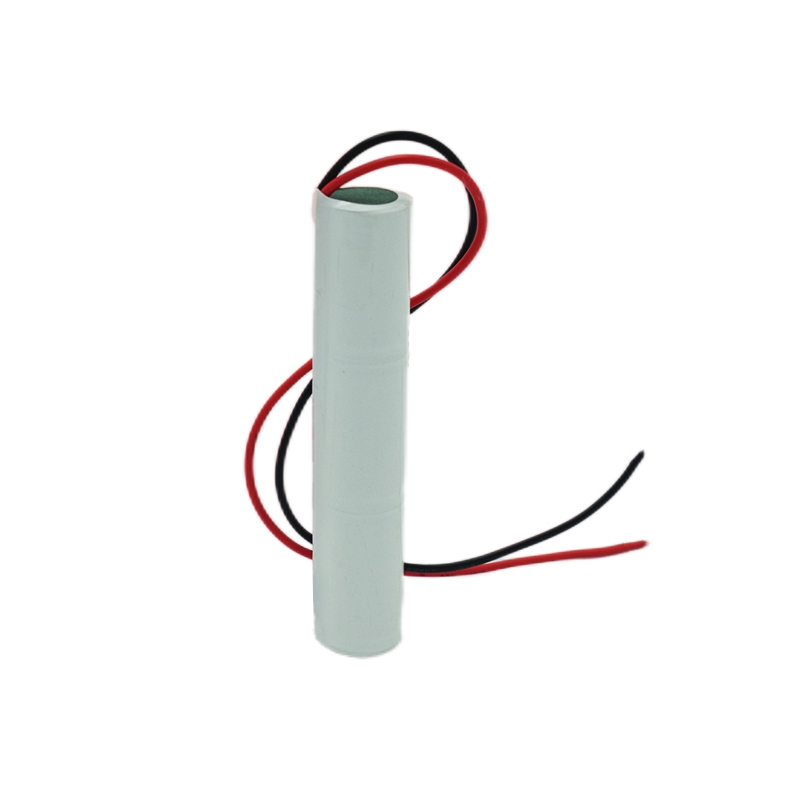 Nickel Cadmium Nicd Battery Pack SC1800mAh 3.6V
Nickel Cadmium Nicd Battery Pack SC1800mAh 3.6V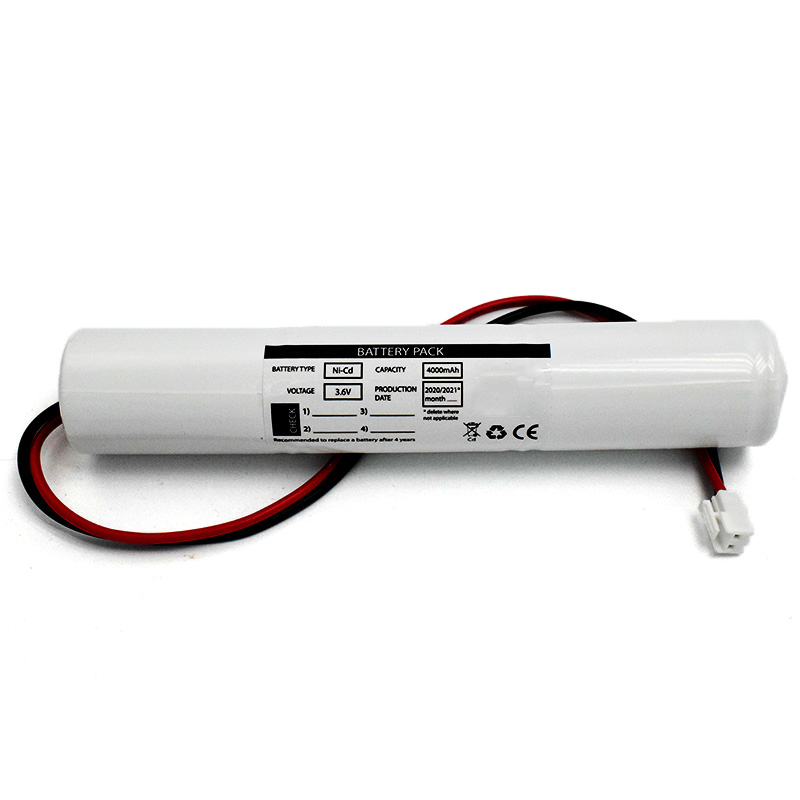 Ni-Cd Battery Pack D4000mAh 3.6V
Ni-Cd Battery Pack D4000mAh 3.6V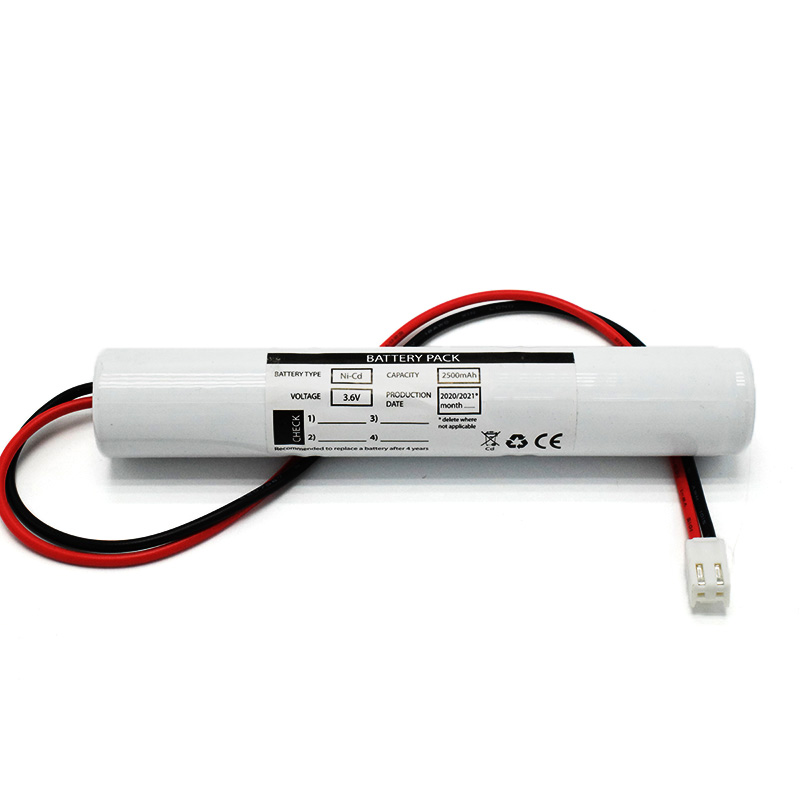 Ni-Cd Battery Pack C2500mAh 3.6V
Ni-Cd Battery Pack C2500mAh 3.6V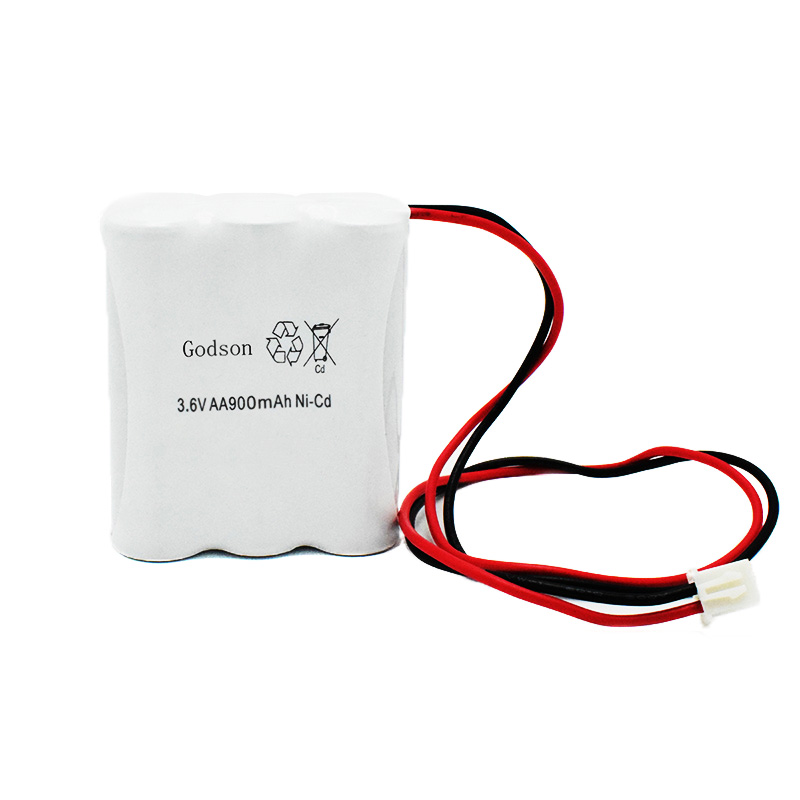 NICAD Battery Pack AA900mAh 3.6V
NICAD Battery Pack AA900mAh 3.6V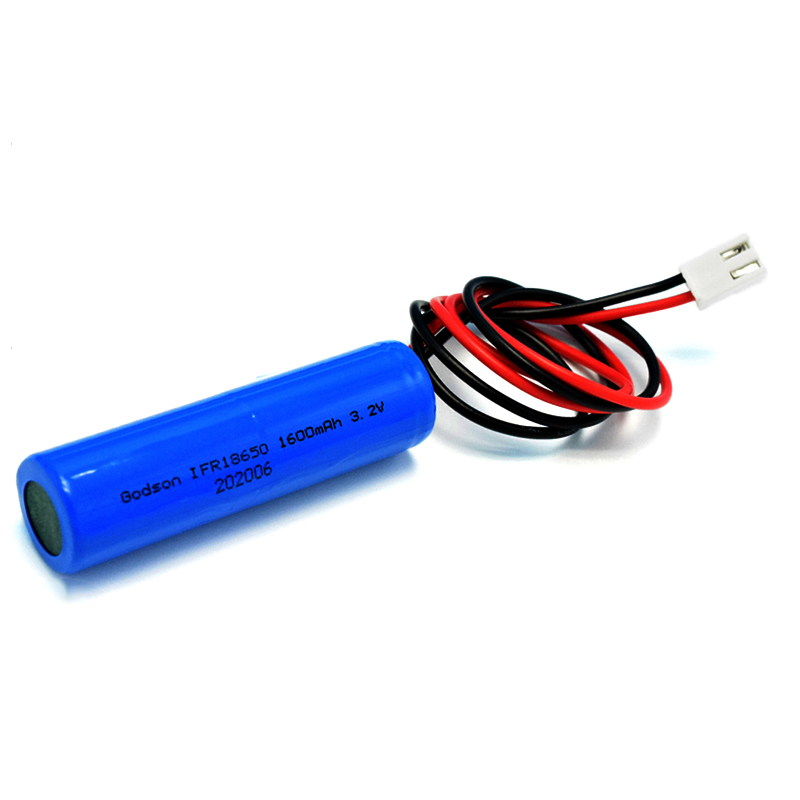 LiFePO4 IFR18650 1600mAh 3.2V
LiFePO4 IFR18650 1600mAh 3.2V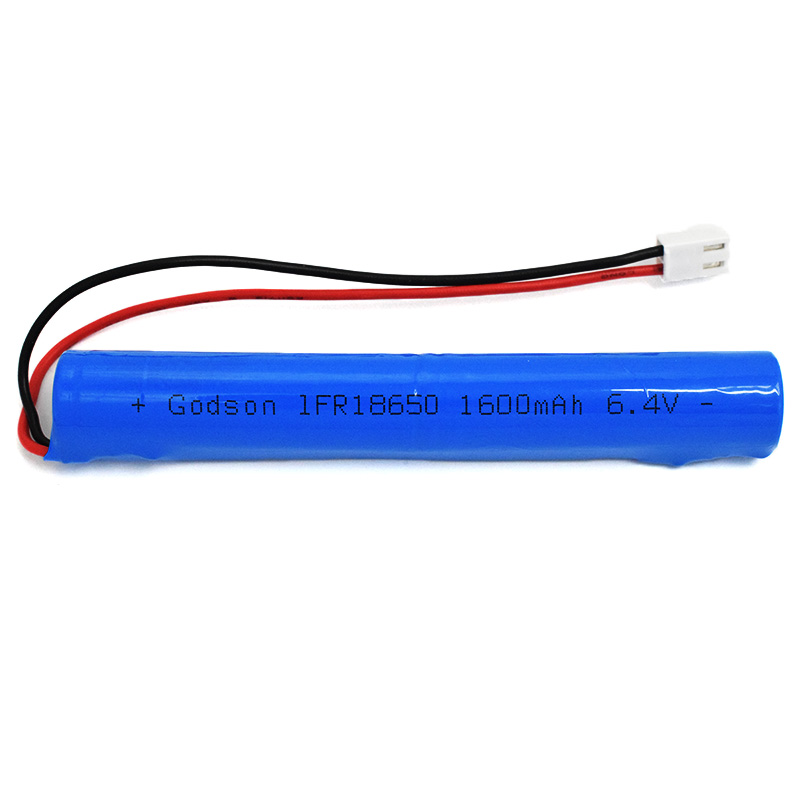 LiFePO4 IFR18650 1600mAh 6.4V
LiFePO4 IFR18650 1600mAh 6.4V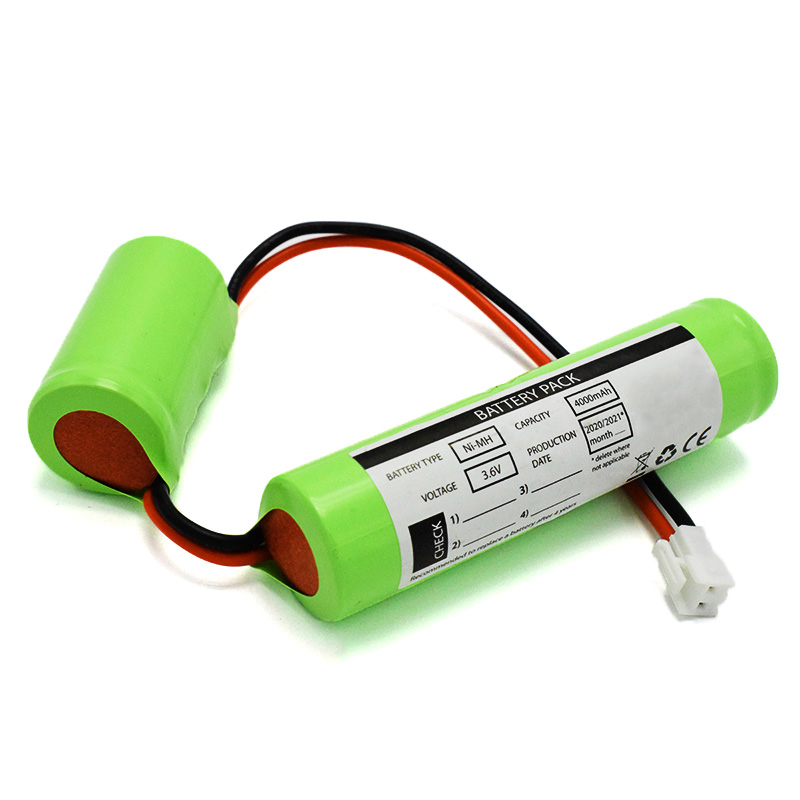 Ni-MH Battery C4000mAh 3.6V
Ni-MH Battery C4000mAh 3.6V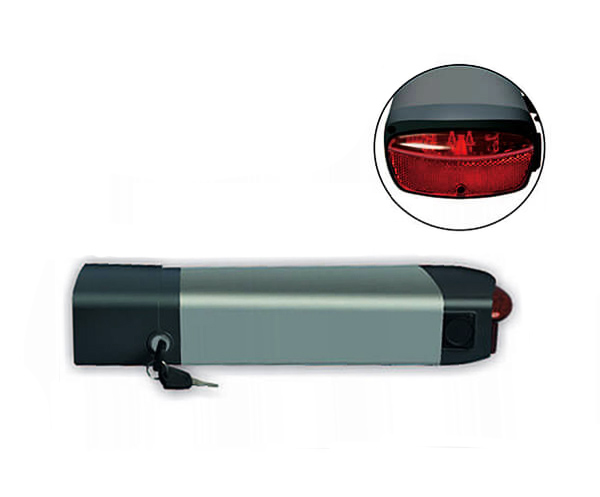 E-bike Battery 48V 10Ah JL-1
E-bike Battery 48V 10Ah JL-1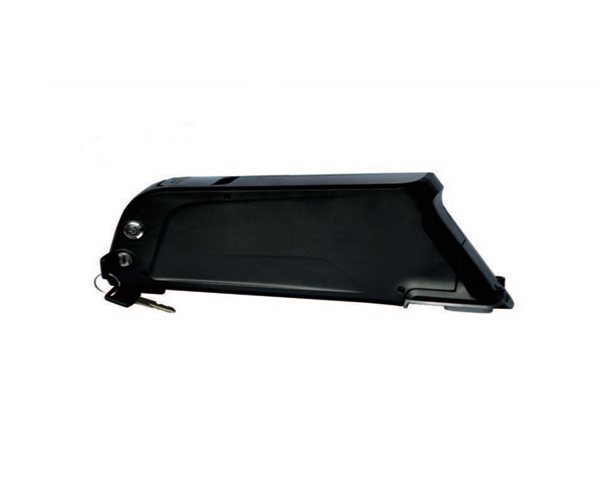 E-bike battery 48V 10Ah Qing Tian
E-bike battery 48V 10Ah Qing Tian